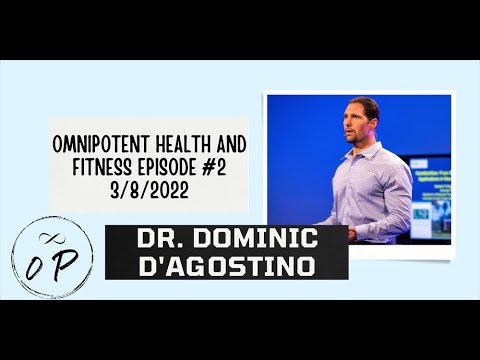I am happy to have found this thread since one daughter-in-law had a significant traumatic brain injury a few years back. She never got back to normal, and it had severe effects on her husband and four kids. She was always in “flight or fight” mode - resulting in lot of shouting matches and little significant communication. She would have periods of real sweetness alternating with uncontrollable rages in which she acted irrational - like throwing boxes of sorted children’s clothes down the stairs. (It had taken many hours to sort those clothes for storage.)
She has been going to the Swingle Brain Clinic in Vancouver, Canada, for brain therapy costing many thousands of dollars (using up money from the sale of their previous house). Through a brain scan, they determined that one side of her brain wasn’t working at all, and the other side was overloaded and stressed.
Treatment included the White Helmet. From it, her hair is turning white and falling out in the areas of attachment. (Please take a look at this link.) It is supposed to be “detoxing the brain and cleaning the brain. Decreasing the inflammation in the brain for brain injury, concussion, Alzheimer’s etc” This “photobiomodulation” therapy seems to use “near-infrared light” if I’m hearing correctly. The wave lengths of NIR are 760- 1,400 nm or .00000760- .000001400m - IOW really short wave lengths.
By contrast, on Dr. Pawluck’s site I read that PEMF wave lengths that “completely penetrate the body” are ideally very long wave lengths:
A PEMF frequency of 1 Hz has a wavelength of 100 million meters (more than 62,000 miles). At the upper range of what would be produced by a PEMF system, the frequency can be about 10,000 Hz or so (which is still considered “Extremely Low Frequency”). The wavelength there would be 10,000 meters (about 6.2 miles). For comparison, a microwave-range frequency would be about 100,000,000 Hz. This would correspond to a wavelength of about 1 meter (about 3 feet).
The NIR treatment therapy is described as working very much like PEMF therapy. H’mm … Our bodies are wonderfully complex, and so is the treatment, it seems .
Upon clinic recommendation, she is also using these SoundHealth products.
Results according to clinic: The side of her brain that wasn’t working, is showing signs of beginning to work again. (I think she has gone once a month for at least 6 months - about 10 days at a time.)
Results according to husband: "Before the treatment, I could not have an intelligent conversation with X for more than 15 seconds, if that long. Now we can talk rationally for 15 minutes or longer.
Results according to me on the other end of the phone 1000’s of miles away: My DIL sounds calmer on the phone. I haven’t gotten a hysterical phone call for months. I suspect her “sweet side” is much more dominant than it used to be.
Bottom line: Therapy is working but extremely expensive. The only thing she can do at home is the sound therapy.
It seems to me that the M1 system should be very helpful at home - not only for her but for our grand-son who has ADHD. This issue is very close to my heart, and I would love to help in a positive way.
@Mark, @Bob : Thoughts??

